Uncategorized
El Salvador Dispatch: Searching for Bitcoin City, the Modern El Dorado

This article is part of a four-piece series on El Salvador. You can find the previous dispatch, a story on Bitcoin Berlín, here.
Bitcoin City sounds like a modern El Dorado — a dreamlike enclave in the jungle, a 21st century utopia.
Announced by El Salvador President Nayib Bukele in 2021, the metropolis will supposedly be raised at the base of the Conchagua volcano. Renderings of the project from May 2022 show a circular shape, like the Bitcoin logo, and a structure painted in gold.
Visiting El Salvador this month, I was curious to see Bitcoin City for myself, or at least try to spot signs of construction.
It’s a four-and-a-half hour drive from San Salvador to Conchagua. The volcano sits on the easternmost side of the country, on the coast, by the Gulf of Fonseca. You can see Nicaragua and Honduras from the top of it, as well as small islands like Tiger Island, Conchagüita and Meanguera Island. It’s a beautiful place, but terribly humid, and hot. It was 35 degrees Celsius (95°F) when I arrived at noon in late-January.
Bitcoin City faces southeast according to plans shared by Bukele, meaning that it should look toward the water. But Google Maps shows no roads on that side of the volcano, only the Conchagua Forest and virgin beaches like Playa El Flor (flower beach). So I drove to the little village of Conchagua, on the northern side.
What I found in Conchagua
Conchagua is a tiny village, and it’s adorable. My immediate impression was that I’d fallen back in time, like to Portugal in the 1950s, perhaps. Droves of school children in white uniforms rushed through the streets, making their way back home for lunch after being dropped off by colorful buses.
As in most Latin American cities, the central square displayed the town’s name in bright block-letters: CONCHAGUA. There is a white fountain behind, and Christmas decorations were still up despite festivities being long over.
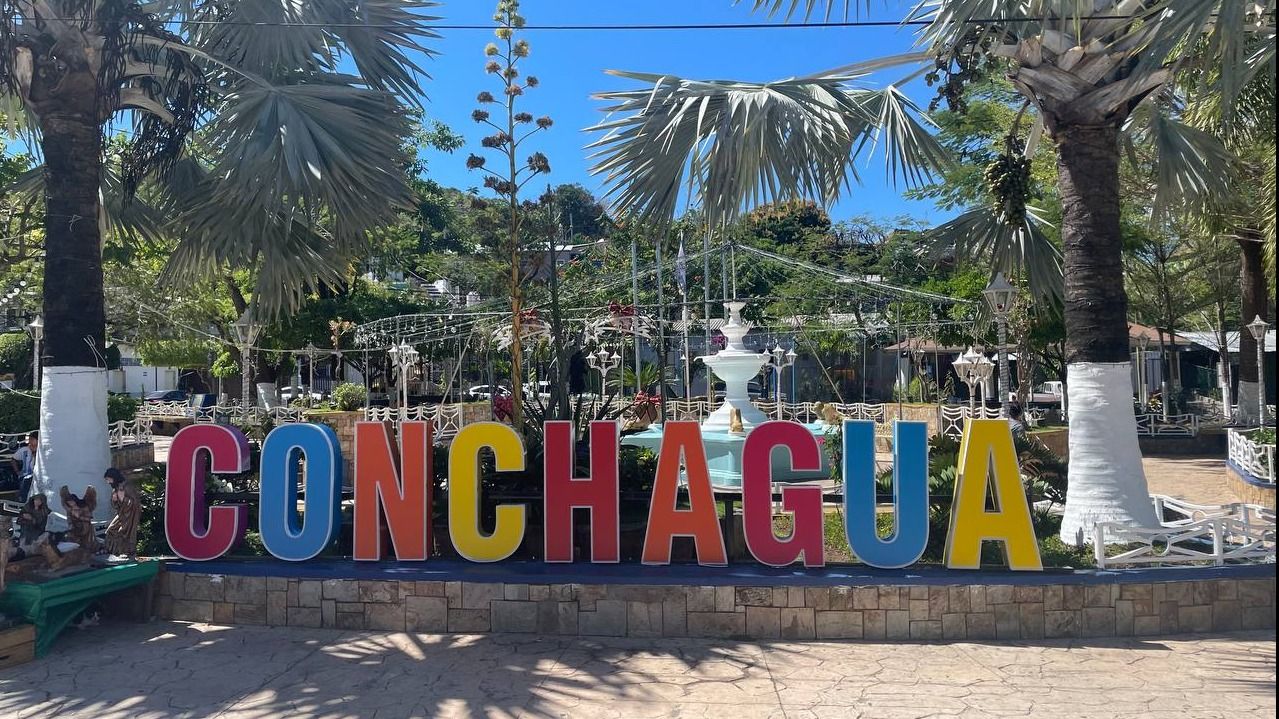
Opposite from the square stands a gorgeous, white colonial church. Its patron saint is Santiago Apóstol; villagers refer to the parish by that name as well. It’s hard to tell when construction began, but it finished in 1693, which makes it the oldest church in El Salvador, and a prized tourist attraction.
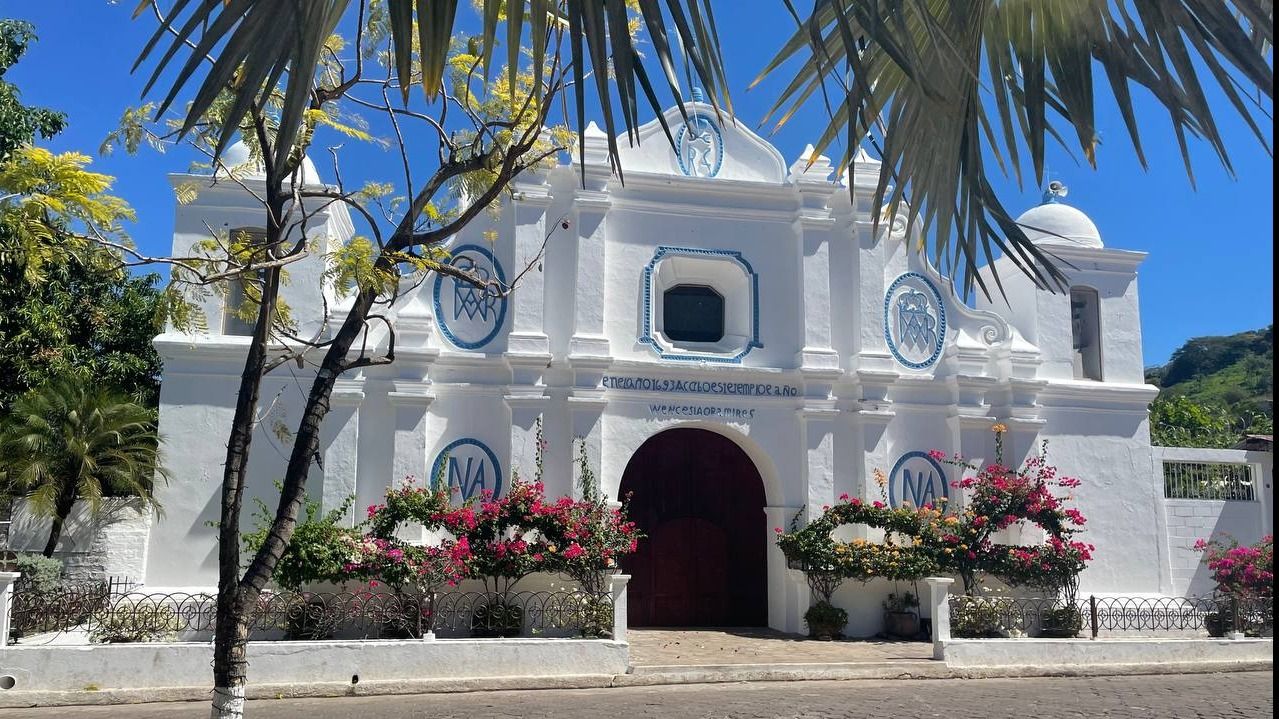
Be that as it may, there didn’t seem to be other foreigners when I arrived, and my presence drew a few stares. It’s a quiet town; outsiders stand out. It’s hard to say how many people live there — the mayor’s office didn’t have access to the census taken in 2023 by the Salvadoran central bank — but I’d be surprised if it were more than a couple thousand.
Wikipedia says 37,400, based on a 2007 survey, yet that figure is for the entire municipality of Conchagua, which takes in a half-dozen other villages around the volcano, and even then, it feels like an overestimation.
At the mayor’s office, I was politely greeted by Margarito García, who has worked for the office for 15 years. When I asked about Bukele’s plans to build Bitcoin City on the volcano, García shook his head.
“These are only words,” he said.
There have been no signs of construction nearby, he added, nor have government officials been sighted. I wasn’t the first person to ask. Tourists — French and Slovak, he remembered — had come searching for Bitcoin City in the last few months. But he saw the attention brought to Conchagua as a positive for the local economy.
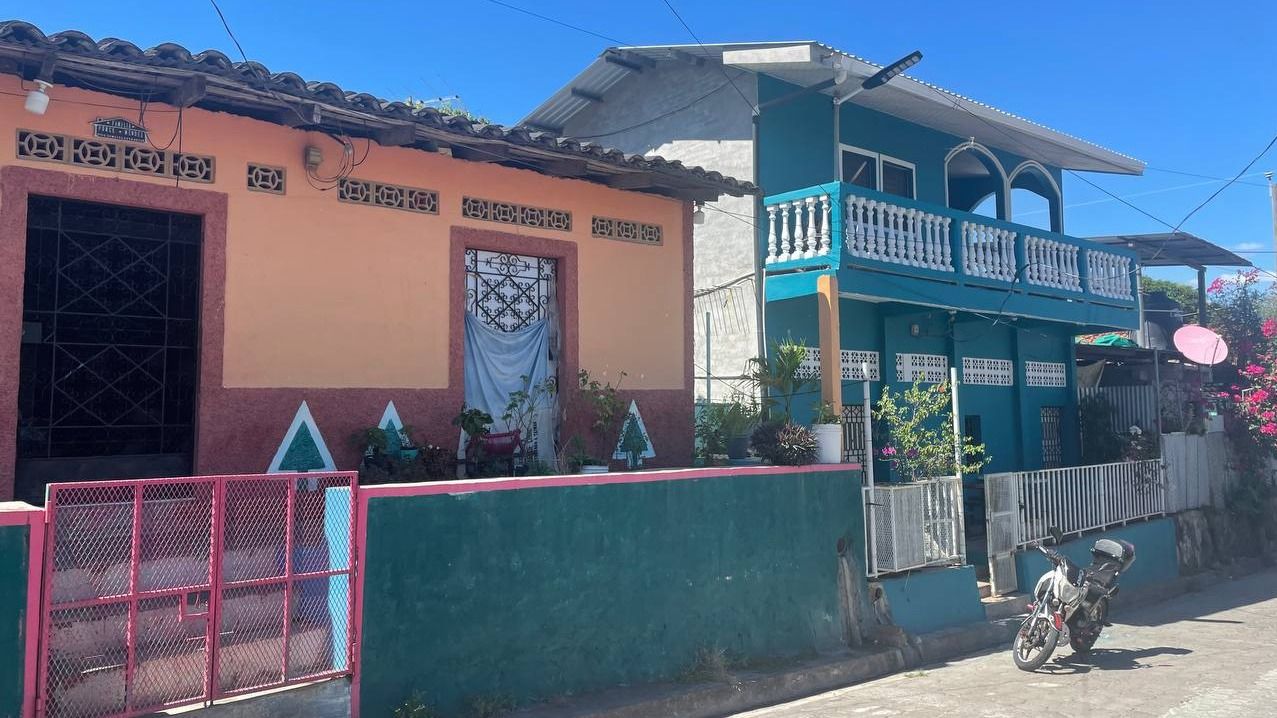
García mentioned that an airport was being developed close to Loma Larga, about 30 minutes southwest of Conchagua. He was referring to the “Pacific Airport,” an initiative proposed by Bukele as far back as 2019 to boost tourism in El Salvador’s eastern region and relieve the country’s existing international airport of some of its congestion.
The Legislative Assembly approved the airport’s construction in 2022. The project will cost $328 million and initially service between 300,000 and 500,000 passengers per year. Construction is expected to begin in 2025.
Plans for Bitcoin City
The project is notable because Bukele’s plans for Bitcoin City do include an airport, as well as a port, rail services, commercial and residential zones, restaurants, and entertainment venues. Could the Pacific Airport be a first step to building the metropolis?
Possibly.

“In Bitcoin City, we will have mining, agriculture, culture and sports. When we are gone, this will endure, and everyone will be able to see the city,” Bukele said back in 2021, when he announced the project.
“We will have no income tax, forever. No profit tax, no property tax, no hiring tax, zero municipal taxes and zero CO2 emissions. The only taxes you will have in Bitcoin City is VAT, half of which will be used to pay the municipality’s bonds and the rest for public infrastructure and city maintenance,” he added.
The Conchagua volcano’s geothermal energy was envisioned as Bitcoin City’s primary power source, a nice environmental touch considering the environmental reputation of the bitcoin mining industry.
Bukele said Bitcoin City’s construction will be funded via a $1 billion bitcoin-backed tokenized bond, called the Volcano Bond, originally scheduled for issuance in 2022. The bond received regulatory approval in December 2023 and was supposed to launch in the first quarter of 2024, according to El Salvador’s Bitcoin Office. But the Salvadoran government has remained silent on the matter since.
“I don’t know when we’ll have some news on that,” Stacy Herbert, director of the Bitcoin Office (which acts as the government’s marketing arm for all things crypto-related) told me back in December when I asked her for updates on Bitcoin City and the Volcano Bond. “But the foundation has been laid for everything.”
Driving to the volcano
I was quite determined to go up the volcano and lay my eyes on the Gulf of Fonseca. I wanted to get a sense of the view that residents of Bitcoin City may enjoy in the future.
The villagers didn’t seem to think that my rental car would make it. It was all dirt tracks; I would need a four-wheel drive, they said, or I’d have to take a shuttle up there.
I gave it a try anyway. Slowly making my way on a bumpy road, I drove eastward, circumventing the volcano, towards another village called Amapalita. On both sides of the track were fields and forests. Every once in a while I’d see the northern side of the volcano break through the foliage.
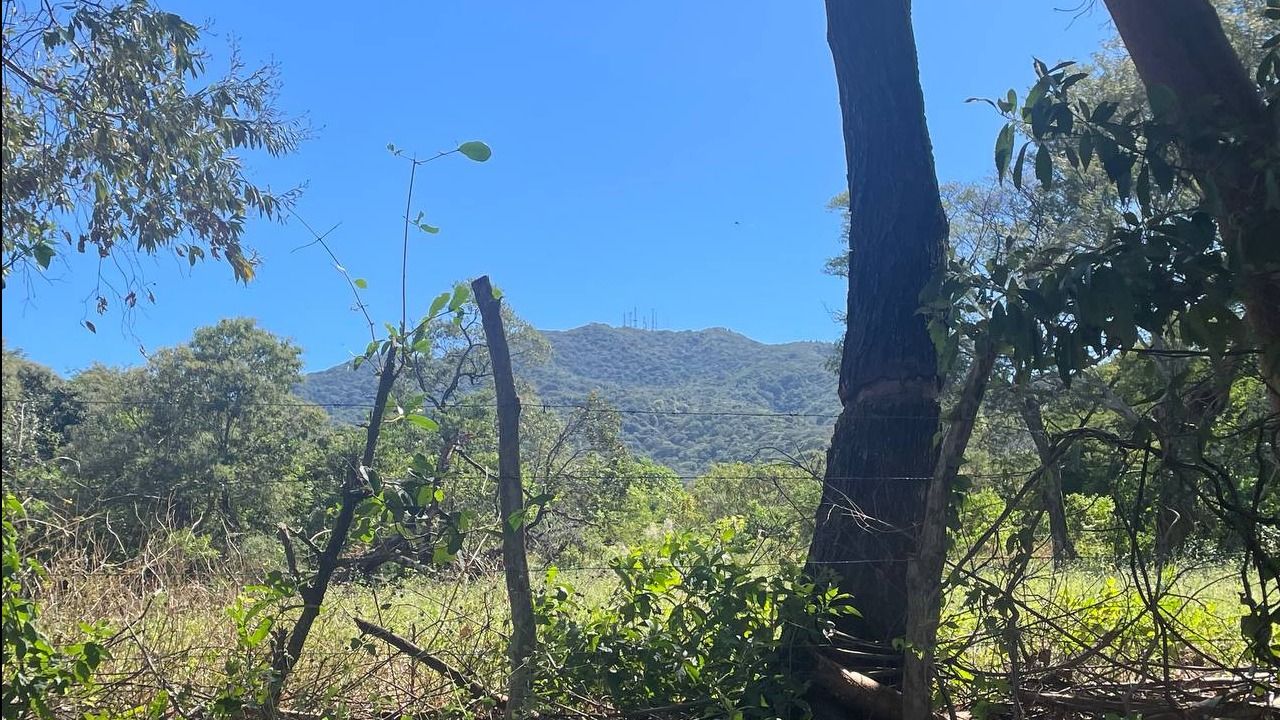
It wasn’t long before the road got too steep for comfort. I turned around and made my way back to the village. I could have tried another road, which runs along the volcano’s western side, but the day was getting on, and I wanted to reach El Zonte, four hours away, before nightfall.
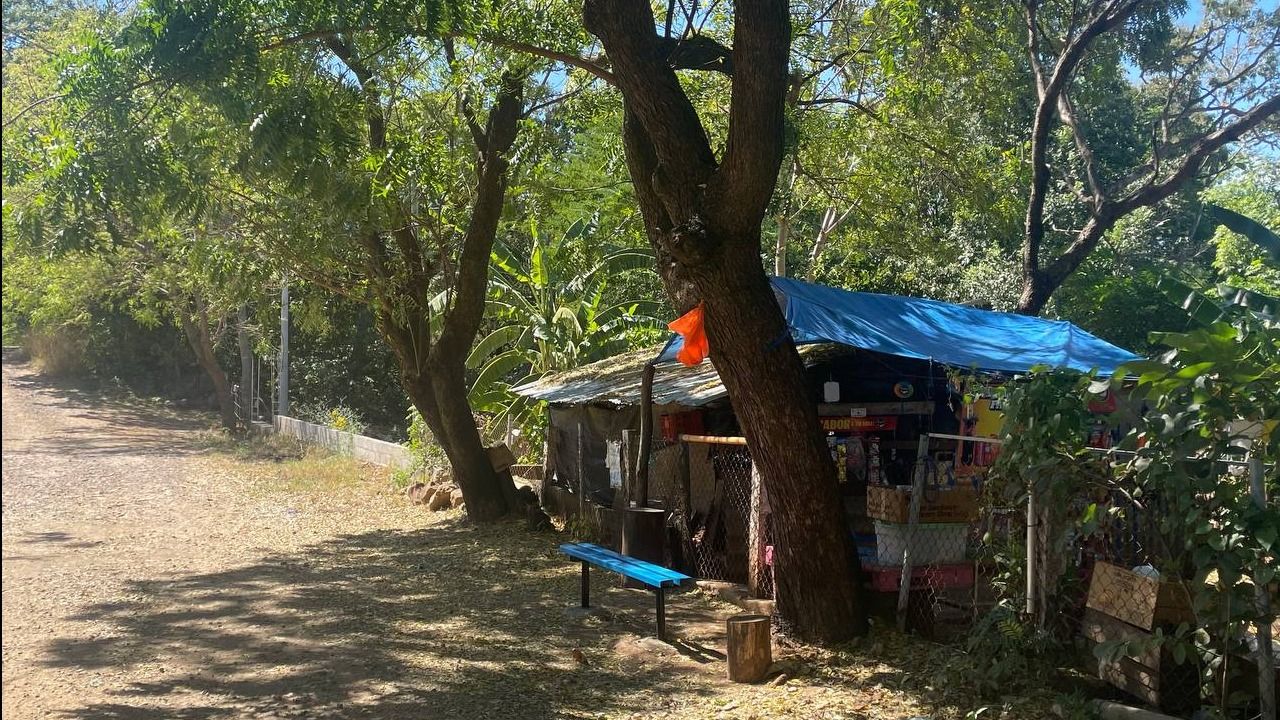
Assuming the Pacific Airport starts getting built in 2025 (which looks likely) it will have been six years since the moment Bukele first mentioned the airport and the moment construction started.
Bitcoin City, being a vastly larger enterprise, could take much longer than that. There is no guarantee the initiative will ever come to fruition at all. Other such planned cities — like Neom in Saudi Arabia — have faced even greater delays.
Who knows? El Salvador has surprised the world more than once under Bukele. I wouldn’t bet against it.
Uncategorized
Elon Musk vs. the regulators
Welcome back to TechCrunch Mobility, your hub for all things “future of transportation.”
Uncategorized
Nvidia’s AI empire: A look at its top startup investments
Over the last two years, Nvidia has used its ballooning fortunes to invest in over 100 AI startups. Here are the giant semiconductor’s largest investments.
Uncategorized
Dating app Cerca will show how Gen Z really dates at TechCrunch Disrupt 2025
Cerca is a dating app that sets users up with mutual friends.
-

 Business12 месяцев ago
Business12 месяцев ago3 Ways to make your business presentation more relatable
-

 Fashion12 месяцев ago
Fashion12 месяцев agoAccording to Dior Couture, this taboo fashion accessory is back
-

 Entertainment12 месяцев ago
Entertainment12 месяцев ago10 Artists who retired from music and made a comeback
-

 Entertainment12 месяцев ago
Entertainment12 месяцев ago\’Better Call Saul\’ has been renewed for a fourth season
-

 Entertainment12 месяцев ago
Entertainment12 месяцев agoNew Season 8 Walking Dead trailer flashes forward in time
-

 Business12 месяцев ago
Business12 месяцев ago15 Habits that could be hurting your business relationships
-

 Uncategorized4 месяца ago
Uncategorized4 месяца agoRobinhood Launches Micro Bitcoin, Solana and XRP Futures Contracts
-

 Entertainment12 месяцев ago
Entertainment12 месяцев agoMeet Superman\’s grandfather in new trailer for Krypton


